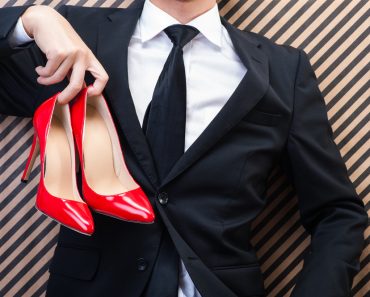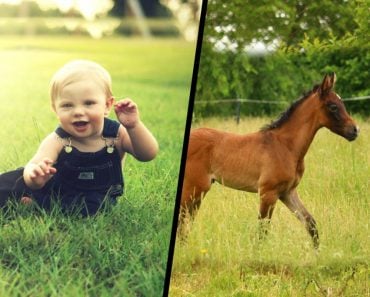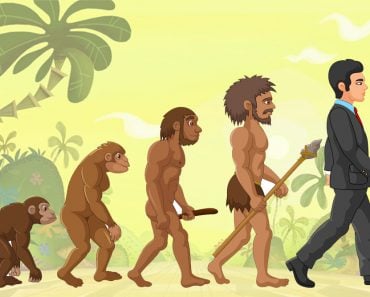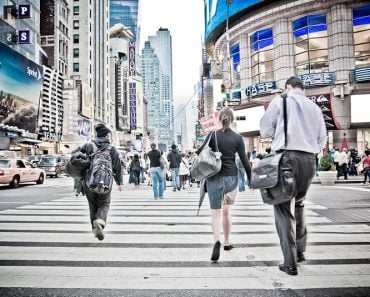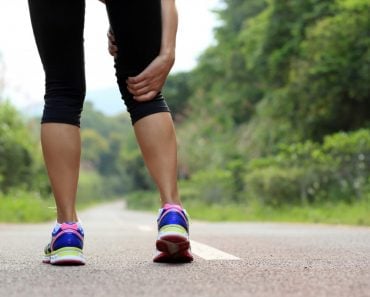Table of Contents (click to expand)
Shoes change how we walk and have made human feet smaller over the course of centuries. Wearing shoes during childhood development might lead to fallen arches and flat-footednes.
3.7 million-year-old imprint footprints reveal the ancient hominin Australopithecus afarensis’s bipedal gait. The Laetoli footprints in Tanzania are the first record of the human step, a unique characteristic of our species. For billions of years, creatures ran, jumped, and walked using their naked feet until 40,000 years ago, when some anthropologists believe that the first shoes were made.
These shoes might have been something like sandals or some form of boot made from leather. From these early origins, shoes have drastically changed and improved. From thin sandals to heels to the latest “high-technology” cushioned running shoes, we now have all sorts of jazzed-up shoes. However, these very same “high-tech” shoes might be causing more problems than they actually alleviate.
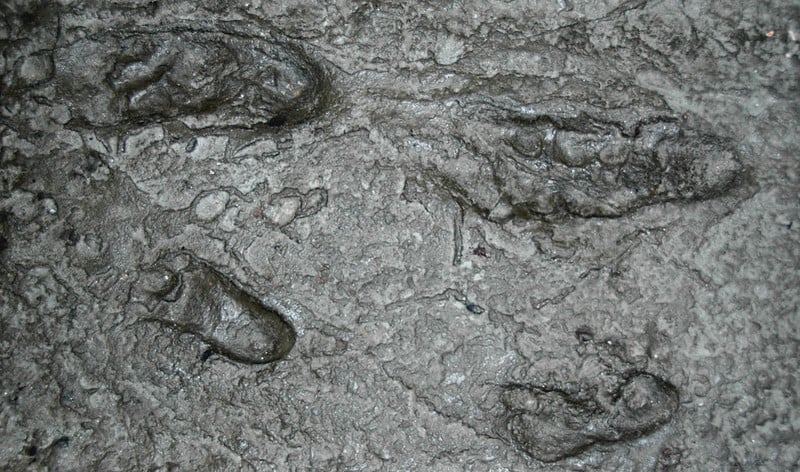
The craze of barefoot running started with a book. In ‘Born to Run’, author Christopher McDougall innocently mentions barefoot running, something that will give the hobby of running a new pep in its stride. His recommendation soon sprinted towards a lucrative niche in the footwear industry and a plethora of articles dissecting the “un-shoe” phenomenon.
Besides fads and clever marketing, have shoes really affected the human foot?
Recommended Video for you:
Changing Our Gait
Most discussions around shoes and our feet revolve around running. Wearing cushioned running shoes with a heightened heel changes the way that humans run, according to a good amount of research.
Naturally, without shoes, the foot strikes the ground at the middle, and then rolls forward, completing the movement with the toes curling. These strides are smaller and quicker.
With shoes, the movement is slightly changed. We tend to take longer strides, forcing us to land on the heel of the foot before then continuing the rest of the movement.
The latter is a problem, since the heel is more sensitive to pain than the rest of the foot. A barefoot stride that lands in the middle of the foot reduces the impact on the heel and requires smaller quicker steps. With the cushioning that shoes provide, landing on the heel isn’t as painful, but its impacts are still felt through the rest of the leg.
Landing harshly on the heel is known to place more pressure on the rest of the leg. This leads to the many knee, bone, and back issues that runners often face. Running barefoot, on the other hand, seems to evenly displace the pressure on the foot. Many people seem to automatically adjust to the middle foot running approach when they go barefoot.
How shoes affect walking hasn’t yielded any conclusive results. There are arguments that walking barefoot is beneficial, while others state that there is no significant improvement. However, the benefits of barefootedness might be about more than just improving our stride.
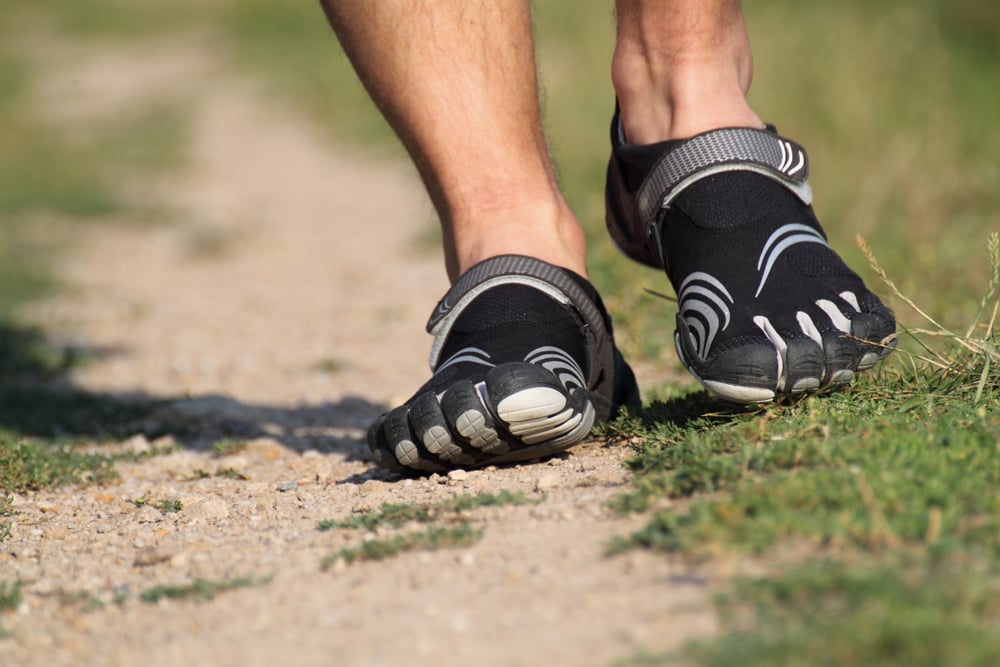
Also Read: Can Shoes Really Improve A Runner’s Performance?
Shoe-ing Away Injuries
About 95% of runners strike their heel when running. When you place this statistic next to the fact that 75% of runners have some form of a leg injury, it might seem like there is a correlation, but that remains to seen. There is evidence that running barefoot and retraining one’s running technique can alleviate some leg injuries in runners.
However, there is the flip side of barefoot running. The trend is merely half a decade old, so the long-term effects of barefoot running, if they exist, might not have emerged yet. One study looked at the effects of minimalist running, wearing the most lightweight ‘barely-there’ running shoes, for a duration of 10 weeks. The investigators noted the development of foot bone marrow edemas.
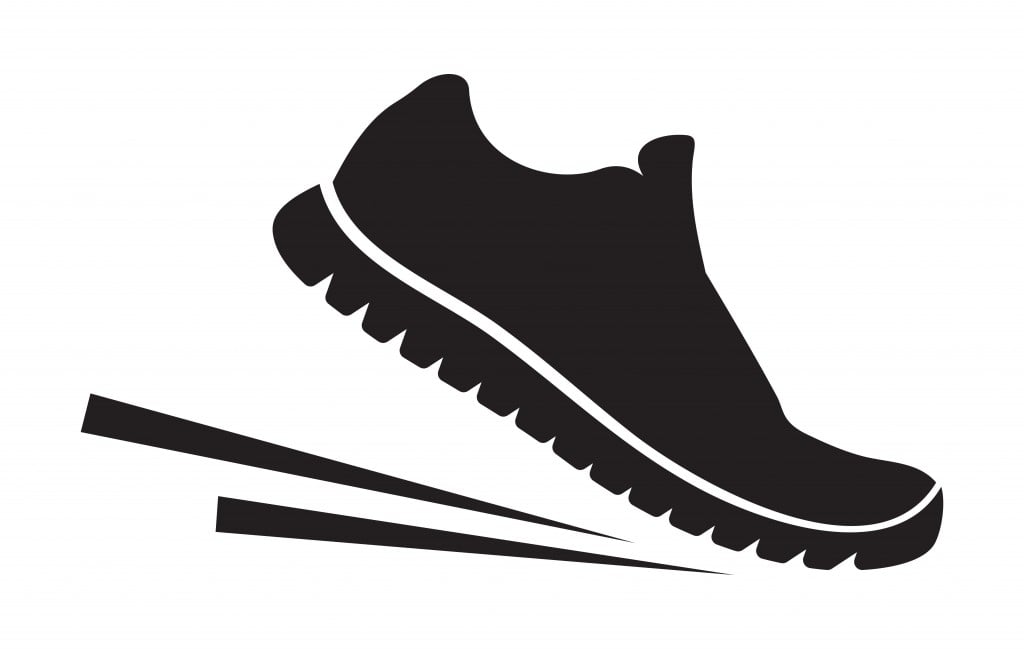
That being said, going barefoot in general does lead to better foot health. Research comparing people who were habitually barefoot versus those who wore shoes found that the unshod subjects had better foot health compared to their shoed counterparts. Another study also found that those who spent more time barefoot during childhood and adolescence were less likely to have fallen arches, a condition where the arch of the foot falls, leading to flat-footedness, and plantar fasciitis, an inflammation in the tissue that connects the heel to the toes.
Also Read: Why Do Horses Wear Shoes?
Shoes Shaping Feet
The last study above also found a difference in foot shape and size between habitually shod children and young adults and those who did not typically wear shoes. They found that subjects who habitually didn’t wear shoes had broader feet, with toes spaced wider apart. Those who wore shoes had comparatively smaller, narrower feet. This shows that shoes can indeed affect the shape and size of the foot.
Researchers Erik Trinkaus and Hong Shang first suggested that wearing shoes was making our feet smaller. They proposed in their paper titled Anatomical evidence for the antiquity of human footwear: Tianyuan and Sunghir, based on bone evidence from the Middle Upper Paleolithic, that footwear was making our feet smaller.
Some researchers do disagree with the correlation of smaller foot size with the usage of shoes, but the argument that our feet have gotten smaller still holds. Combined with evidence of all the pain that many shoe-wearing humans face today, there is a strong case to be made for shoes impacting our foot size.
Should We All Ditch The Shoes?
Barefoot Tim, a barefoot enthusiast and self-titled ‘Guru, Coach and Teacher’ would say it’s time we ditched the shoe. Or at least, we should come as close to ditching them as we can (he does have a lightweight sandal designed to mimic barefoot running). His fervent advocacy for an un-shoed lifestyle is inspiring.
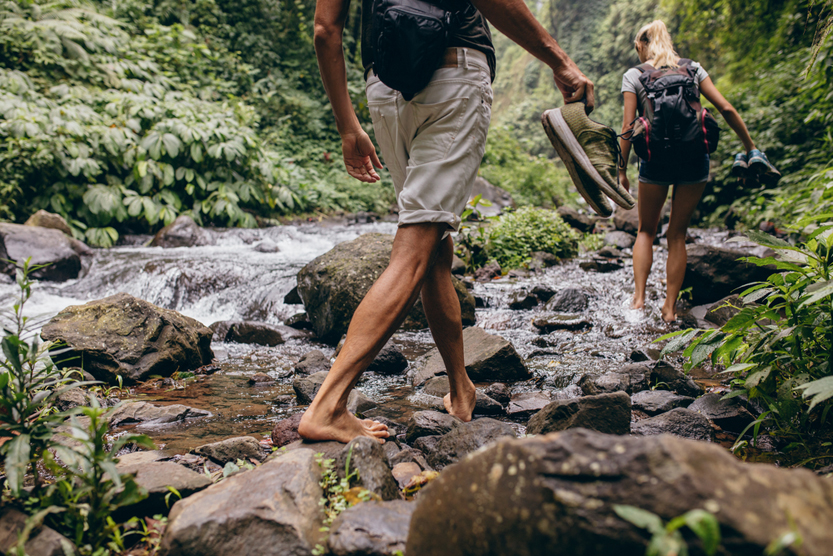
If research is anything to go by, then ditching the shoe is occasionally a good thing. We might not be able to go barefoot in cities filled with garbage, construction sites and zooming traffic around every corner. Our hominid ancestors didn’t have to face traffic jams and stray glass shards when they went hunting in the grasslands.
For runners, however, the scenario is different. The research isn’t conclusive, and each runner and their bodies are different, but it’s certainly a popular trend. Be careful, however, as immediately switching to barefoot running might also cause injuries.
Basically, once in a while, a quick barefoot stroll in the park with the wet, slightly ticklish grass beneath our feet might not be such a bad thing. It may not solve every foot problem, but at least you’ll have some fun along the way!
References (click to expand)
- Davis, I. S., Rice, H. M., & Wearing, S. C. (2017, June). Why forefoot striking in minimal shoes might positively change the course of running injuries. Journal of Sport and Health Science. Elsevier BV.
- Trinkaus, E., & Shang, H. (2008, July). Anatomical evidence for the antiquity of human footwear: Tianyuan and Sunghir. Journal of Archaeological Science. Elsevier BV.
- D’AoÛt, K., Pataky, T. C., De Clercq, D., & Aerts, P. (2009, June). The effects of habitual footwear use: foot shape and function in native barefoot walkers†. Footwear Science. Informa UK Limited.
- RIDGE, S. T., JOHNSON, A. W., MITCHELL, U. H., HUNTER, I., ROBINSON, E., RICH, B. S. E., & BROWN, S. D. (2013, July). Foot Bone Marrow Edema after a 10-wk Transition to Minimalist Running Shoes. Medicine & Science in Sports & Exercise. Ovid Technologies (Wolters Kluwer Health).
- Hollander, K., de Villiers, J. E., Sehner, S., Wegscheider, K., Braumann, K.-M., Venter, R., & Zech, A. (2017, August 14). Growing-up (habitually) barefoot influences the development of foot and arch morphology in children and adolescents. Scientific Reports. Springer Science and Business Media LLC.
- Wallace, I. J., Koch, E., Holowka, N. B., & Lieberman, D. E. (2018, March). Heel impact forces during barefoot versus minimally shod walking among Tarahumara subsistence farmers and urban Americans. Royal Society Open Science. The Royal Society.

